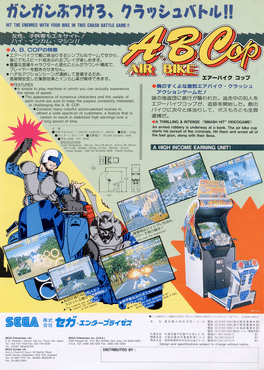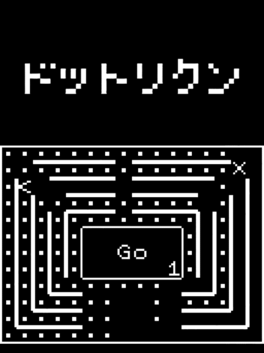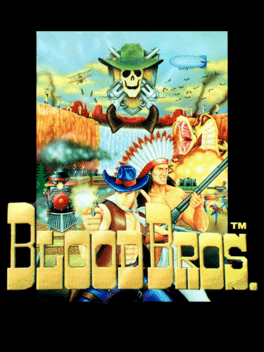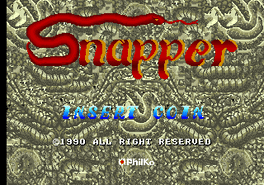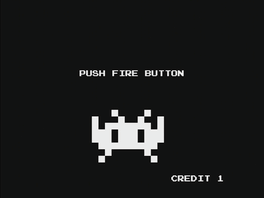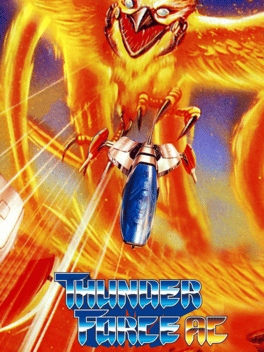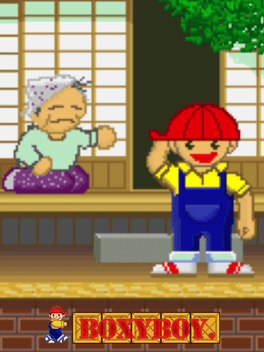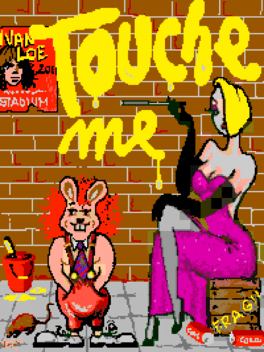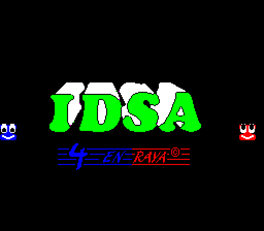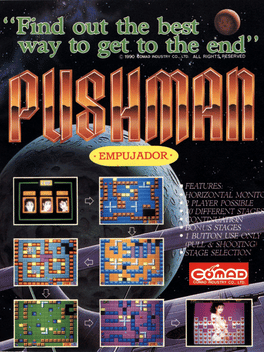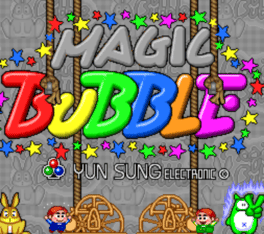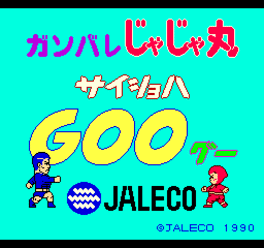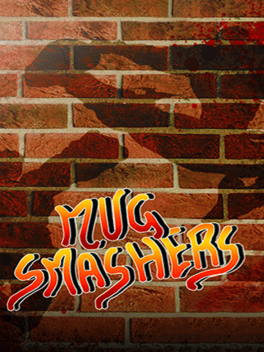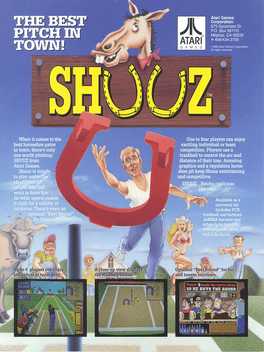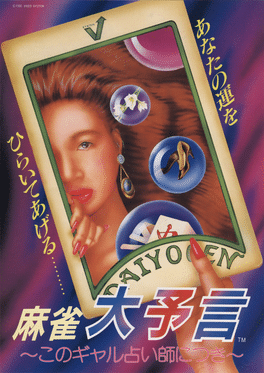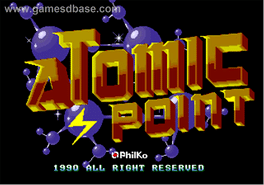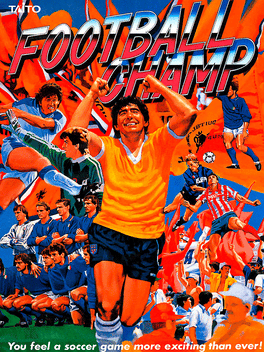New Arcade Games - Page 84
-
Abcop: A.B. Cop
1991
Abcop: A.B. Cop
1991
The player takes on the role of the A.B. (Air Bike) Cop who must chase down and destroy the perpetrators of various crimes (which changes every level) before the time limit expires. A.B Cop introduced an element new to the racing genre: the end-of-level guardian. -
A.B.Cop Air Bike
1991
A.B.Cop Air Bike
1991
The player takes on the role of the A.B. (Air Bike) Cop who must chase down and destroy the perpetrators of various criminals (that changes every level) before the time limit expires. A.B Cop introduced an element new to the racing genre: the end-of-level guardian. -
Dottori-kun
1991
Dottori-kun
1991
This is a game that Sega used in-house to test the hardware it was developing during the late 1980s through the early 1990s. It is a simple game that lacks sound and the familiar player prompts (e.g. "insert coin"). It was never fully developed nor intended to be released to the public. -
Blood Bros.
1991
Blood Bros.
1991
Blood Bros. is a 1990 arcade game developed and published by TAD Corporation in Japan and Europe, while it was later published in North America by Fabtek. It is a spiritual sequel to Cabal, with almost identical mechanics. A bootleg of this game is known as West Story. In 'Blood Bros., two blood brothers, a cowboy and an Indian, team-up to hunt down "the most wanted outlaw in Dodge City," Big Bad John. The gameplay mechanics are extremely similar to TAD Corp.'s earlier machine, Cabal, however this game did not seem to appear as a trackball-controlled variant. The player's characters are seen from behind. Some screens feature protective walls (which can get damaged and shattered by enemy fire). The players have limitless ammunition for their primary gun, but a limited number of sticks of dynamite, with which they must fend off enemy troops. An enemy gauge at the bottom of the screen depletes as foes are destroyed and certain structural features of the screen (usually the ones that collapse when destroyed, rather t -
Snapper
1990
-
Minivader
1990
-
Thunder Force AC
1990
Thunder Force AC
1990
Thunder Force AC is a port of Thunder Force III to Arcades that also borrows enemies and stages from the earlier Thunder Force II, as well as adding some original content. -
Boxy Boy
1990
Boxy Boy
1990
The player controls the character "Rabi-Kun", and must push various crates over the yellow dots in order to complete the game's fifty-five stages (divided into five "worlds") in that stage's time limit. Rabi-Kun can only push the crates, and he cannot pull them; and should one of the crates reach an unmoveable position, the player may simply push the "reverse" button to undo one of the player's moves. Should Rabi-Kun be trapped in an area and cannot get out, the player must push the "reset" button on the control panel, however this will not reset the timer; and should that timer reach zero, the game will be immediately be over. -
Touche Me
1990
-
4 En Raya
1990
4 En Raya
1990
A puzzle game from Spain. Line up your pieces 4 in a row either vertically, horizontally or diagonally. You can also shoot your opponent's piece to cancel their turn. This game is very similar to the popular board game Connect 4. The title translates into English as '4 In A Row'. -
Pushman
1990
-
Magic Bubble
1990
Magic Bubble
1990
A component albeit very blatant clone of Bust-a-Move aka Puzzle Bobble. There is also a version labeled the "Adult Version" which features images of naked women in the background, completely uncensored. Groovy. -
M.V.P.
1990
-
Mug Smashers
1990
Mug Smashers
1990
Mug Smashers is an early 90's western-developed two-player arcade brawler that's basically a combination of Combatribes and Final Fight. It has suspiciously similar sprites and music to the former but plays more like the latter with its scrolling stages and lack of ground attacks or tornado throws. It has an absurd visual style including a main character that's wearing red leopard pants and white sunglasses. -
Shuuz
1990
-
Mahjong Daiyogen
1990
-
RollerGames
1990
RollerGames
1990
Rollergames is a coin-operated arcade game by Konami, made in 1990, and based on the television show of the same name. Score values are cut in half from the real show (and rounded up if needed), and feature only four 99-second cycles instead of 45-second cycles within four 6-minute periods. The players control the two jetters. After referee Don Lastra blows his whistle to begin the cycle, the first lap leads the jetters to the Wall of Death (the heavily banked curve of the jetwave). They get one point for getting three steps in the between the two red lines and three points for getting above the top line. On the jet jump, they get three points for landing beyond the 12-foot marker and one point for landing in front of the line. The rest of the cycle awards one point passing or fighting off opposing blockers (who come back to haunt the jetters afterwards) and three points for lapping or fighting off the opposing jetter. The team with the most points wins. While it doesn't affect the score of the game (only awardi -
Atomic Point
1990
Atomic Point
1990
A collection of colored blocks appears on the screen along with two glowing diamonds. Single colored blocks fall from the top of the playfield and your task is to complete a horizontal row on the same level that each flashing diamond appears. -
Football Champ
1990
Football Champ
1990
An arcade football/soccer game. The game scrolls horizontally at a slight angle, and recreates the coin-op's close-up zoom effect after a player scores. Only a small area of the pitch is on screen at a time, but there is a scanner to show the whole pitch. Although the game has a referee, he often loses attention, and these moments give you a chance to foul, punch or side-swipe opposition players. One and two player options are included.
